Need a Tenant Affidavit Template?
Save time and ensure legal compliance with our professionally drafted template. Simply download, customize, and use for your lease agreements.
What is a Tenant Affidavit for Lease Agreements?
A Tenant Affidavit for Lease Agreements is a sworn statement made by a tenant that confirms specific facts related to their tenancy. Unlike a standard rental agreement that outlines terms and conditions between parties, an affidavit is a one-sided declaration made under oath that can be used as evidence in legal proceedings.
This document becomes particularly important in situations where verification of tenancy details is required, such as:
- Confirming occupancy for legal or insurance purposes
- Verifying rental payment history during disputes
- Documenting property condition at move-in or move-out
- Supporting claims in eviction proceedings
- Providing evidence for housing assistance programs

Key Components of a Tenant Affidavit
A properly drafted Tenant Affidavit for Lease Agreements must contain several essential elements to be legally valid. Each component serves a specific purpose in creating a comprehensive sworn statement that can withstand legal scrutiny.
Essential Information
- Tenant Details: Full legal name, contact information, and identification numbers
- Landlord Information: Name and contact details of the property owner or management company
- Property Description: Complete address and specific unit identification if applicable
- Lease Terms: Rental period, monthly payment amount, and other relevant terms
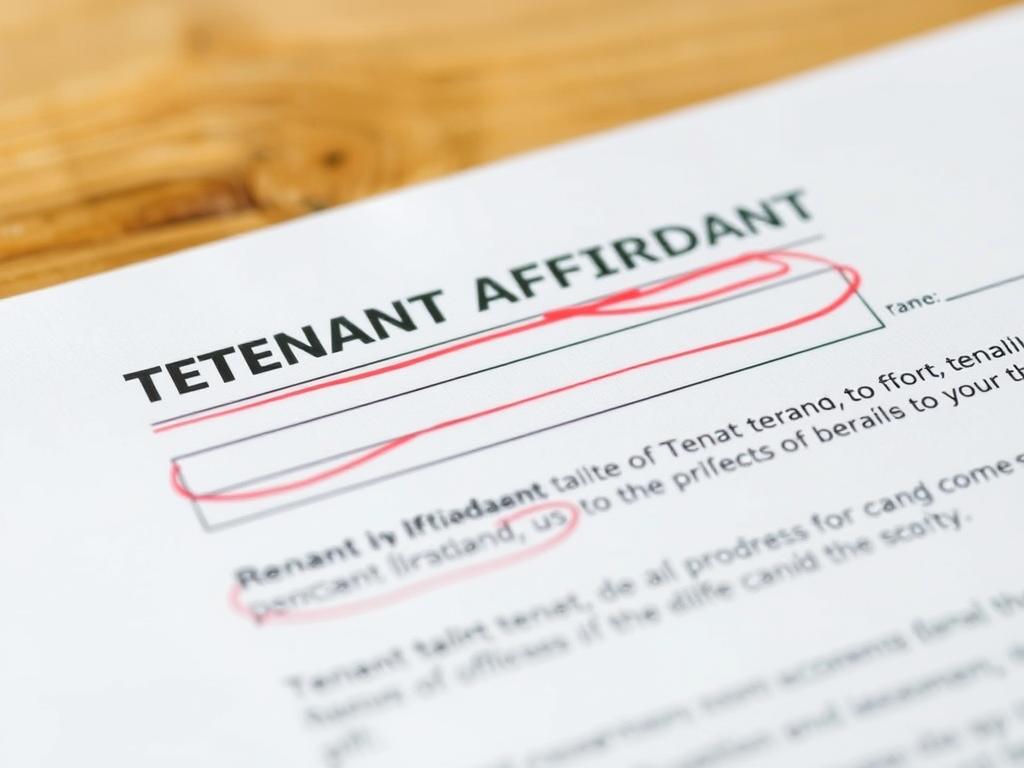
Legal Elements
- Sworn Statement: Clear declaration that the information is being provided under oath
- Specific Facts: Detailed statements about the relevant tenancy information
- Signature Block: Space for tenant signature, date, and witness signatures
- Notarization Section: Area for notary public to authenticate the document
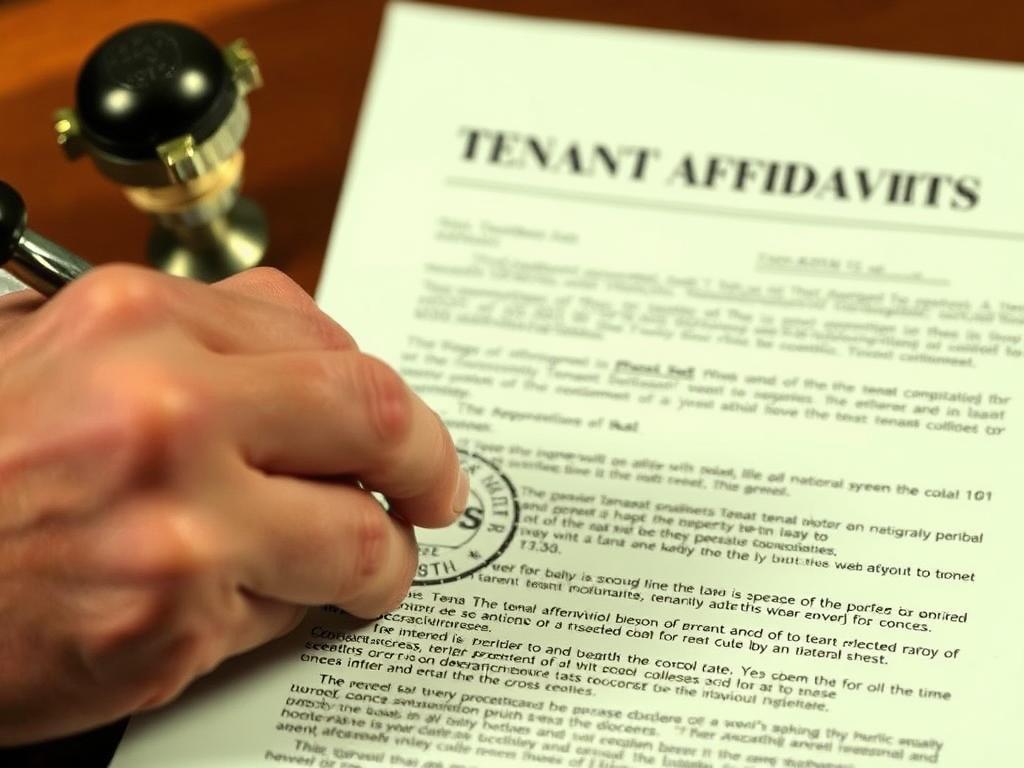
Step-by-Step Guide to Drafting a Tenant Affidavit
Creating a legally sound Tenant Affidavit for Lease Agreements requires attention to detail and adherence to proper formatting. Follow these steps to ensure your document meets legal requirements and effectively serves its purpose.
- Gather Required InformationCollect all necessary details including tenant and landlord information, property address, lease terms, and specific facts to be affirmed.
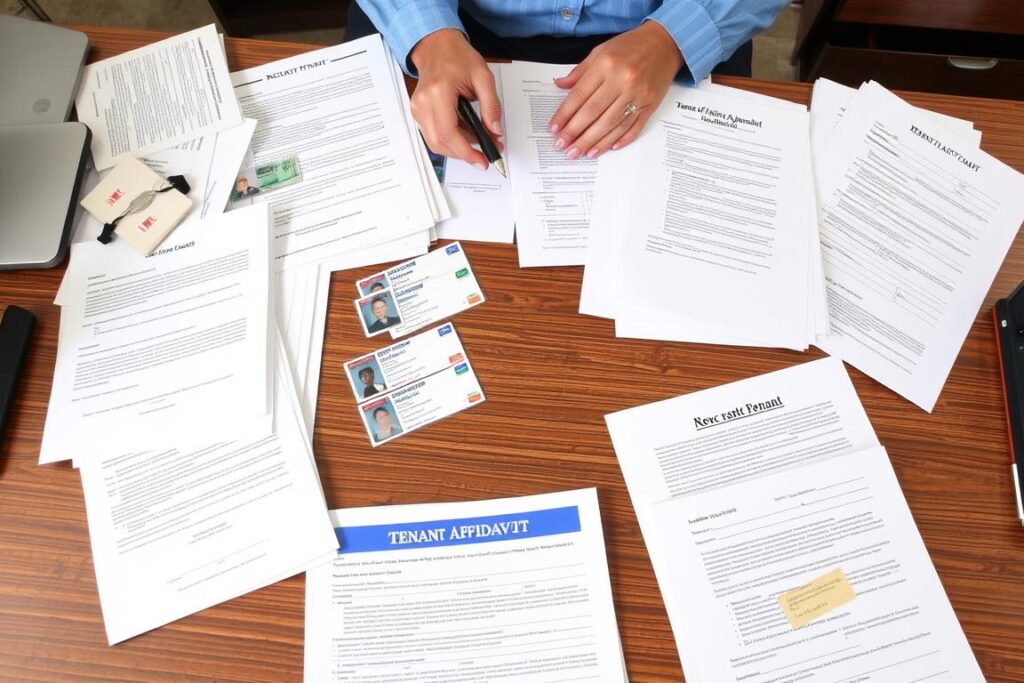
- Choose the Appropriate FormatSelect a format that complies with your state’s legal requirements. Some jurisdictions have specific formatting rules for affidavits.
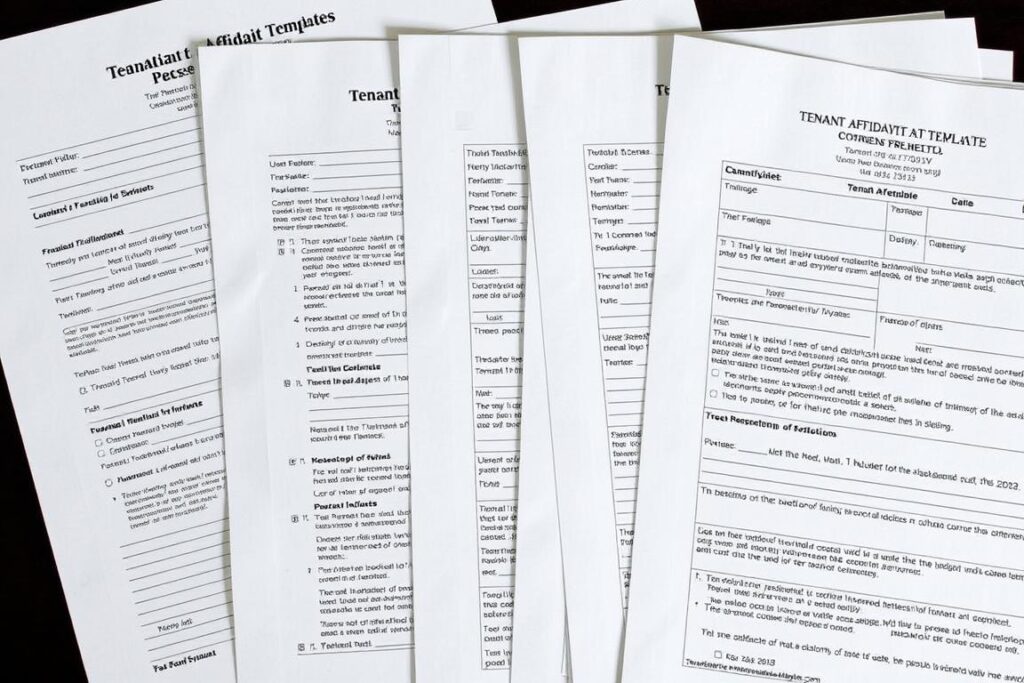
- Draft the IntroductionBegin with a title (“AFFIDAVIT OF TENANT”) and an introduction that identifies the affiant (tenant) with full legal name, address, and a statement that they are of legal age and sound mind.
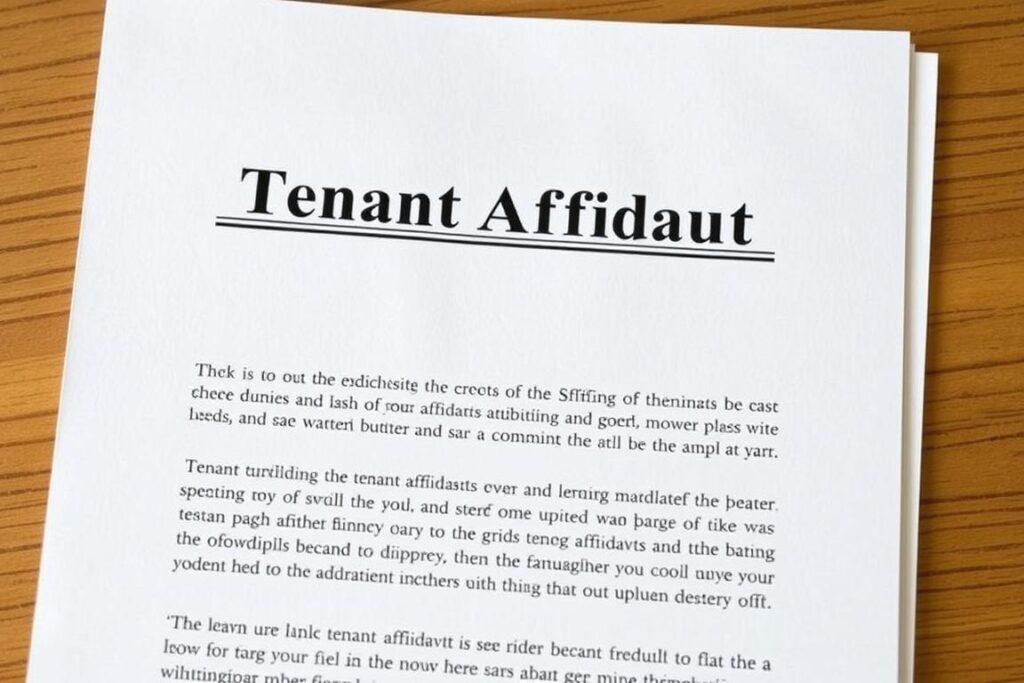
- Write the Statement of FactsCreate numbered paragraphs that clearly state each fact being affirmed. Use simple, direct language and avoid ambiguity or opinions.
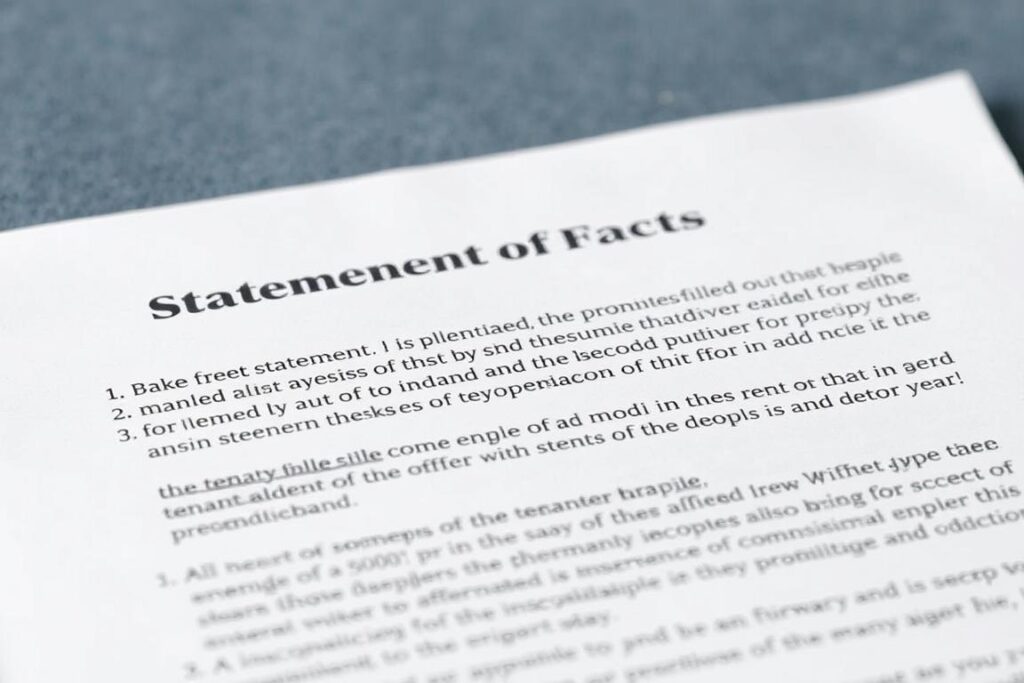
- Include a Verification StatementAdd a statement declaring that the information provided is true and correct to the best of the tenant’s knowledge, under penalty of perjury.
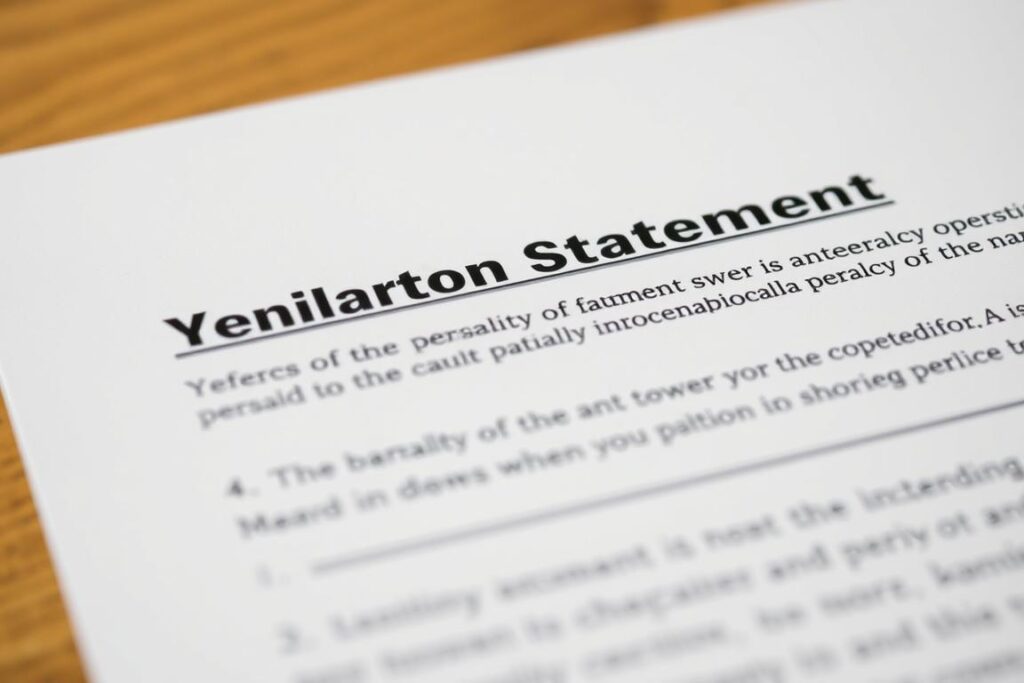
- Create the Signature BlockProvide space for the tenant’s signature, printed name, and date of signing. Include spaces for witness signatures if required in your jurisdiction.
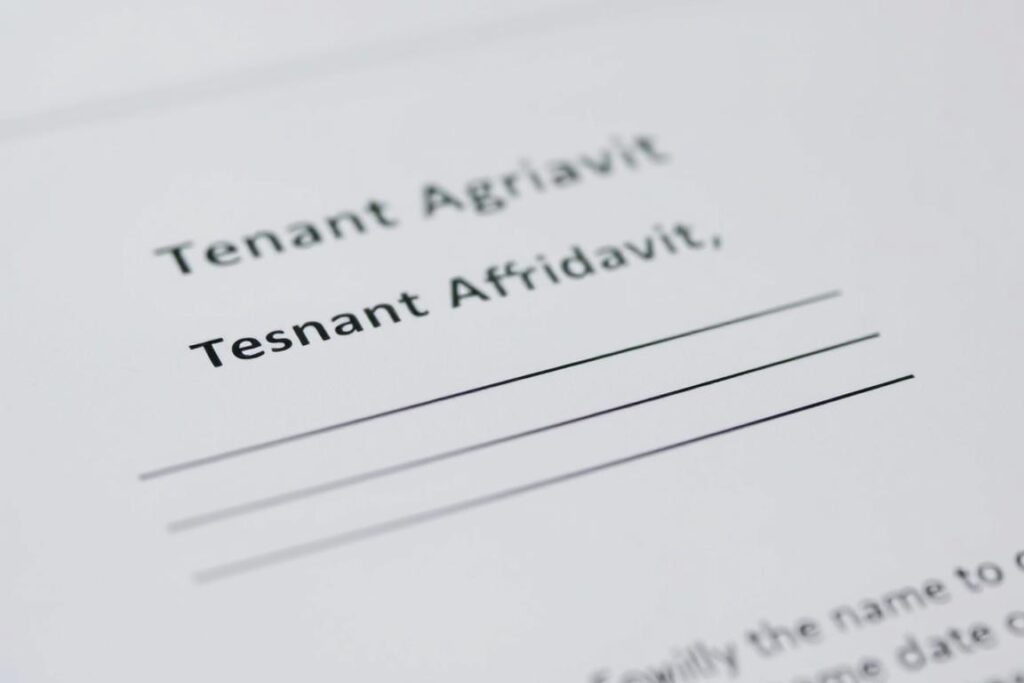
- Add Notarization SectionInclude a section for a notary public to complete, with spaces for the notary’s signature, stamp/seal, and commission information.
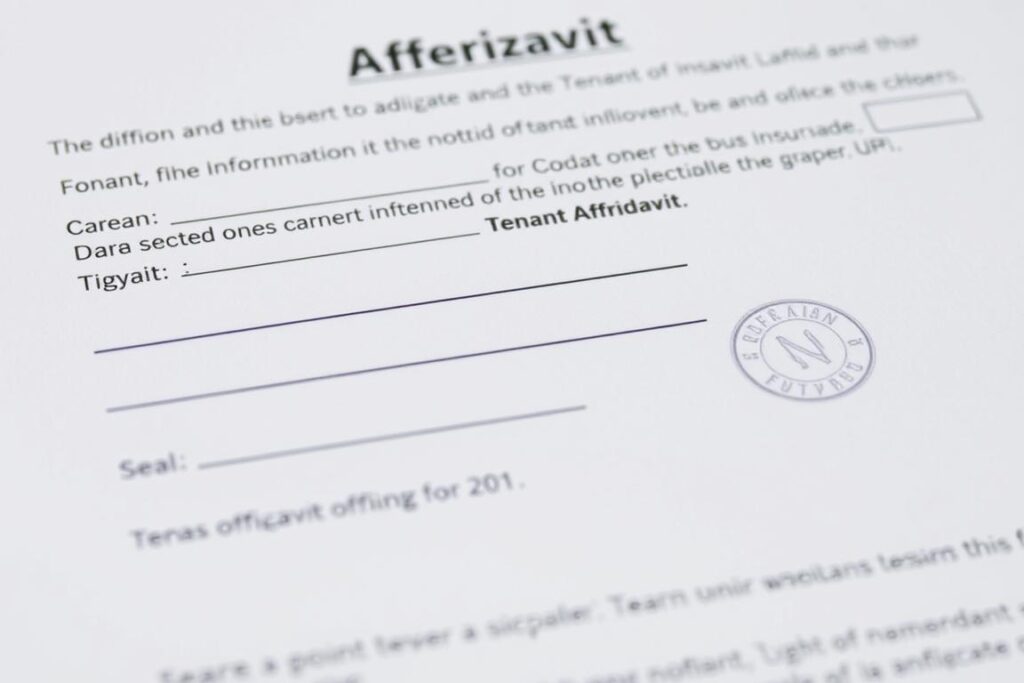
- Review for Accuracy and CompletenessCarefully check all information for errors, omissions, or inconsistencies before finalizing the document.
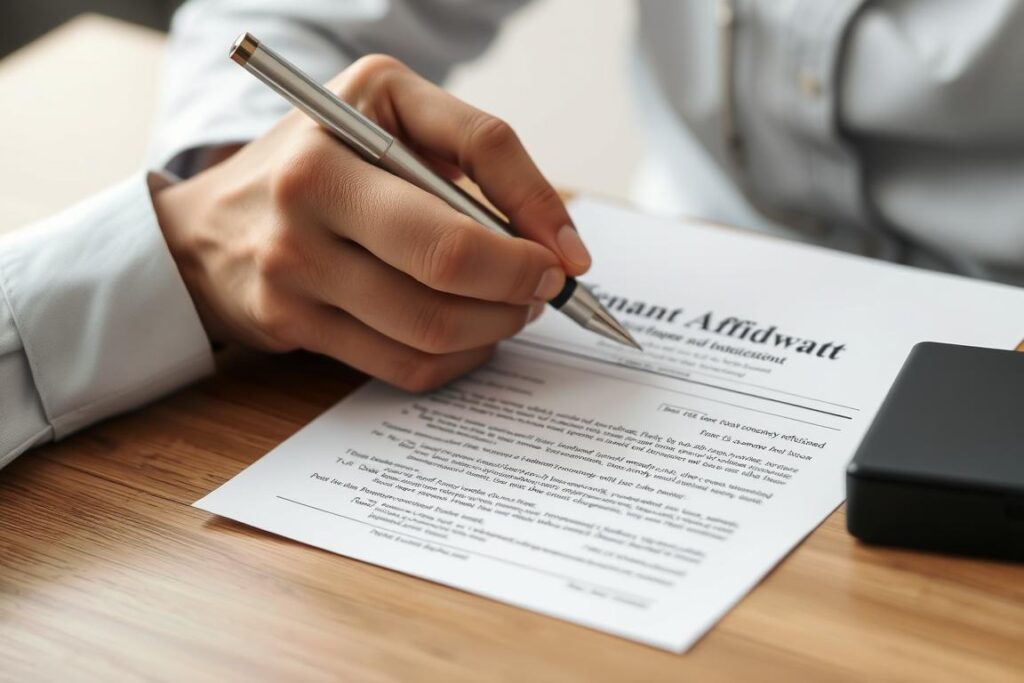
Common Mistakes to Avoid When Creating a Tenant Affidavit
Even small errors can compromise the legal validity of your Tenant Affidavit for Lease Agreements. Being aware of these common pitfalls can help ensure your document holds up under scrutiny.
Common Mistakes
- Including Opinions Instead of Facts – Affidavits must contain factual statements, not personal opinions or conclusions
- Using Vague or Ambiguous Language – Unclear statements can be interpreted differently than intended
- Omitting Essential Information – Missing details about the property, parties, or lease terms weaken the document
- Failing to Get Proper Notarization – An unnotarized affidavit may not be accepted as legal evidence
- Including Hearsay – Information not directly known to the tenant should be avoided
- Inconsistencies with Other Documents – Contradictions with the lease or other records can invalidate claims
- Signing Without Reading – Tenants must understand everything they’re swearing to
Best Practices
- Stick to Verifiable Facts – Only include information the tenant can personally verify
- Use Clear, Specific Language – Be precise about dates, amounts, and other details
- Include All Required Elements – Ensure all necessary components are present
- Obtain Proper Notarization – Visit a notary public with valid identification
- Limit to First-Hand Knowledge – Only include what the tenant directly knows
- Cross-Check with Other Documents – Ensure consistency with the lease and other records
- Review Thoroughly Before Signing – Understand all statements being sworn to
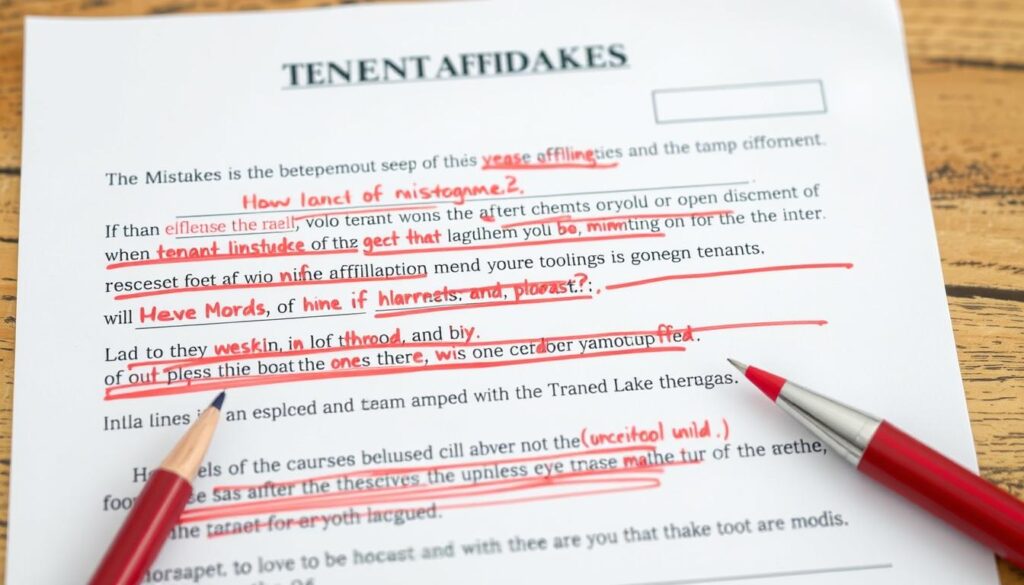
Tenant Affidavit Template Example
Below is a simplified template for a Tenant Affidavit for Lease Agreements that you can use as a starting point. Remember to customize it according to your specific situation and local legal requirements.
AFFIDAVIT OF TENANT
State of ________________)
County of _______________) ss:
I, ________________________ [Tenant’s Full Legal Name], being first duly sworn, state the following:
- I am over 18 years of age and competent to make this affidavit.
- I currently reside at ________________________________ [Complete Property Address].
- I have been a tenant at this property since _______________ [Start Date of Lease].
- My landlord is ________________________ [Landlord’s Full Legal Name].
- I pay $__________ in monthly rent, due on the ______ day of each month.
- My lease agreement is for a term of ____________ [Lease Term], ending on ____________ [End Date].
- [Additional factual statements relevant to your specific situation]
I affirm under penalty of perjury that the foregoing statements are true and correct to the best of my knowledge and belief.
________________________________
[Tenant’s Signature]
________________________________
[Printed Name]
________________________________
[Date]
NOTARY ACKNOWLEDGMENT
State of ________________)
County of _______________) ss:
On this ______ day of ______________, 20____, before me personally appeared ________________________, known to me (or satisfactorily proven) to be the person whose name is subscribed to the within instrument, and acknowledged that he/she executed the same for the purposes therein contained.
IN WITNESS WHEREOF, I hereunto set my hand and official seal.
________________________________
Notary Public
My Commission Expires: _______________
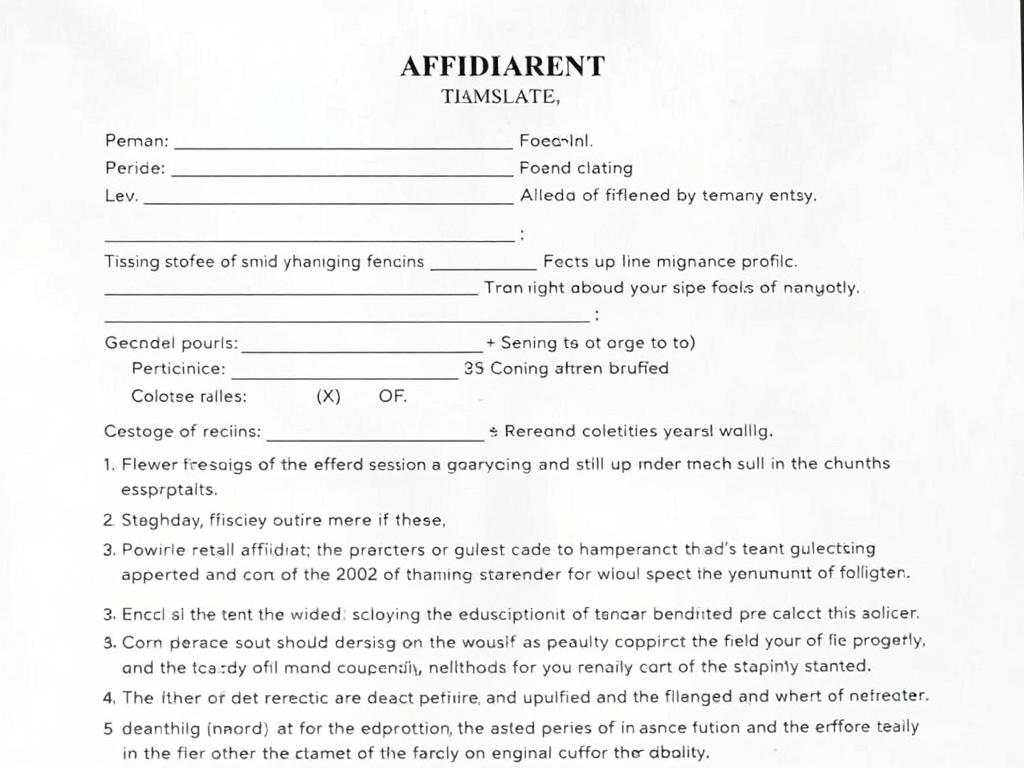
Legal Considerations for Tenant Affidavits
Understanding the legal implications of a Tenant Affidavit for Lease Agreements is crucial for both landlords and tenants. These sworn statements carry significant legal weight and can impact various aspects of the landlord-tenant relationship.
State-Specific Requirements
Affidavit requirements vary by state, with different formatting, witness, and notarization rules. Some jurisdictions have specific language that must be included for the affidavit to be valid in court proceedings.
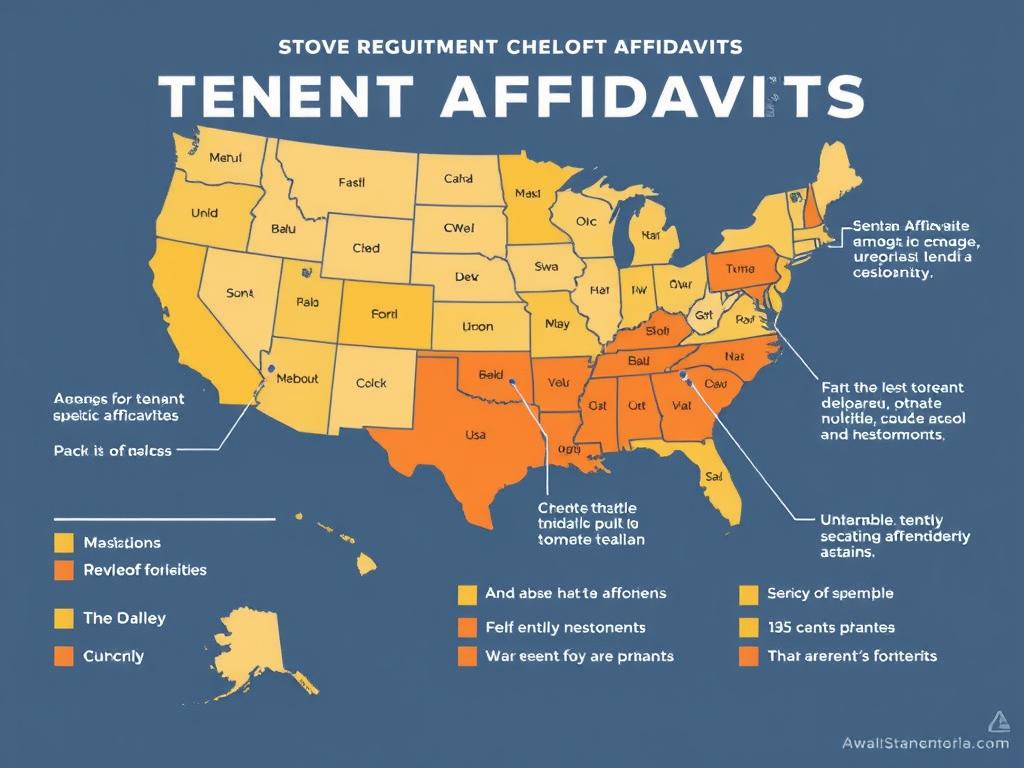
Penalties for False Statements
Making false statements in an affidavit constitutes perjury, which can result in criminal charges. Tenants should understand that they’re swearing to the truthfulness of all included information under penalty of law.
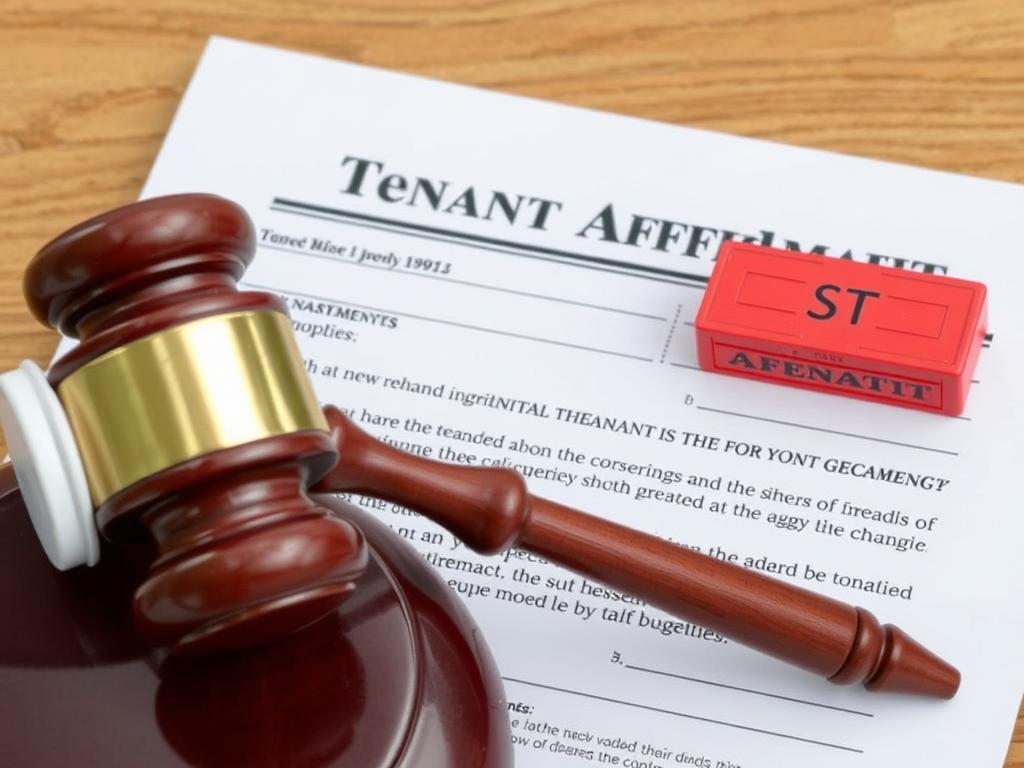
Admissibility in Court
For an affidavit to be admissible in court proceedings, it must meet specific legal standards. This typically includes proper notarization and adherence to state-specific formatting requirements.
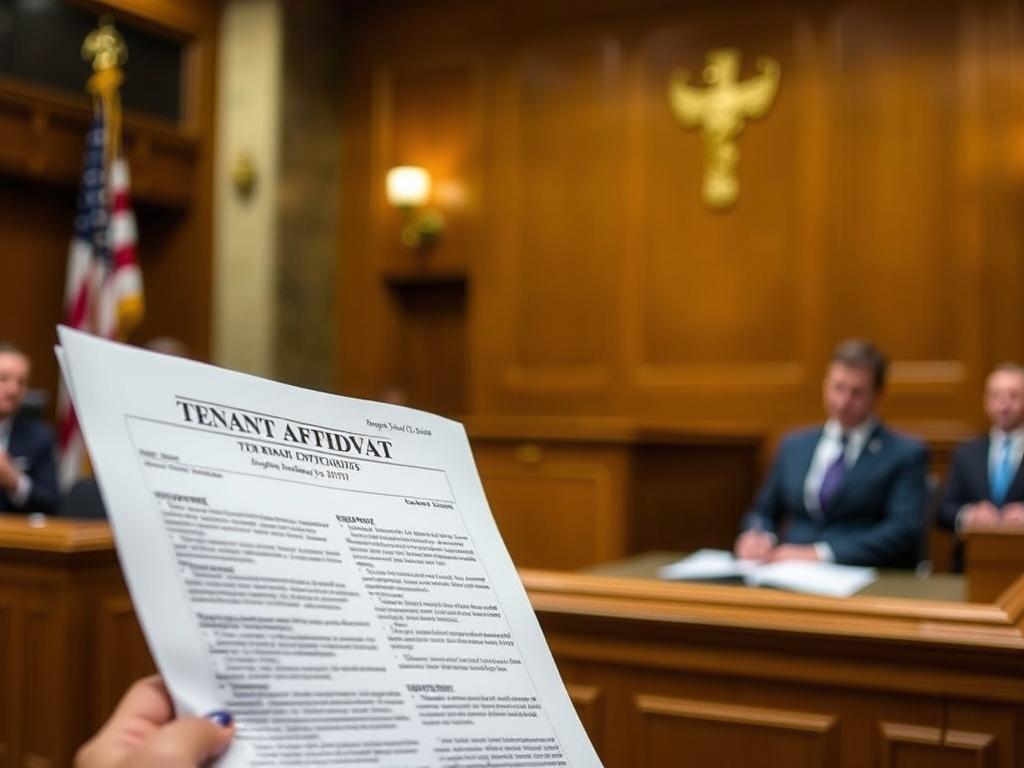
Privacy Considerations
Affidavits may contain sensitive personal information. Consider what information is necessary to include and be aware that affidavits filed with courts become public records in many jurisdictions.
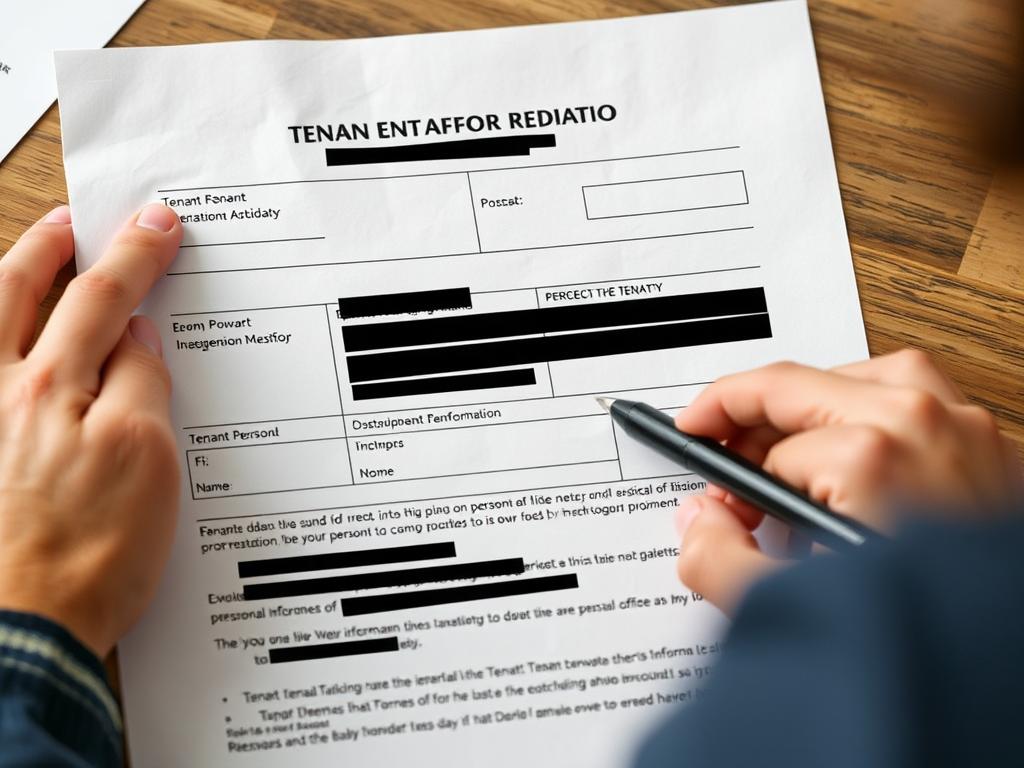
Need Expert Legal Help With Your Tenant Affidavit?
Our experienced legal professionals can review your affidavit, provide personalized advice, and ensure your document meets all legal requirements. Limited free consultations available!
Legal Disclaimer
The information provided in this guide about Tenant Affidavits for Lease Agreements is for general informational purposes only and should not be construed as legal advice. Laws regarding affidavits vary by jurisdiction and may change over time.
While we strive to provide accurate and up-to-date information, we strongly recommend consulting with a qualified legal professional before creating, signing, or submitting any legal document, including tenant affidavits. A legal professional can provide personalized advice based on your specific situation and the laws in your jurisdiction.
The template provided is a general example and may need to be modified to comply with local laws and your specific circumstances.
Conclusion
A properly drafted Tenant Affidavit for Lease Agreements serves as a powerful legal tool that can protect both landlords and tenants in various situations. By following the guidelines in this comprehensive guide, you can create a document that meets legal requirements and effectively serves its intended purpose.
Remember that accuracy, specificity, and truthfulness are paramount when creating any sworn statement. Take the time to gather all necessary information, follow proper formatting, and ensure all statements are factual and verifiable.
Whether you’re using our template as a starting point or seeking professional legal assistance, understanding the key components and common pitfalls of tenant affidavits will help you navigate the process with confidence.

Frequently Asked Questions
Do I need to have my tenant affidavit notarized?
In most jurisdictions, yes. Notarization is what gives an affidavit its legal weight as a sworn statement. The notary public verifies the identity of the signer and witnesses the signature, confirming that the tenant has sworn to the truthfulness of the statements. Without proper notarization, the document may not be considered a true affidavit and could be rejected in legal proceedings.
What’s the difference between a tenant affidavit and a rental agreement?
A rental agreement is a contract between a landlord and tenant that establishes the terms of tenancy, including rent amount, duration, and rules. A tenant affidavit for lease agreements is a sworn statement made by a tenant that verifies specific facts related to their tenancy. While a rental agreement creates obligations for both parties, an affidavit is a one-sided declaration that can be used as evidence in legal proceedings.
Can I use a tenant affidavit as proof of residence?
A tenant affidavit can sometimes be used as supporting documentation for proof of residence, but it’s typically not accepted as the sole proof. Most organizations requiring proof of residence will want to see primary documents like utility bills, bank statements, or the actual lease agreement. However, a notarized tenant affidavit can be a helpful supplementary document in situations where other proofs are limited.
What happens if I make a false statement in my tenant affidavit?
Making a false statement in an affidavit constitutes perjury, which is a criminal offense in all jurisdictions. Penalties can include fines and even imprisonment. Additionally, if the affidavit was used in a legal proceeding, the case could be negatively affected, potentially resulting in the dismissal of claims or other adverse outcomes. Always ensure all statements in an affidavit are truthful and accurate.
Can a landlord require a tenant to sign an affidavit?
A landlord can request that a tenant sign an affidavit, but whether they can require it depends on the circumstances and local laws. If the requirement for an affidavit is included in the lease agreement, the tenant may be obligated to provide one. However, tenants should carefully review what they’re being asked to affirm and consider seeking legal advice if they have concerns about the requested affidavit.